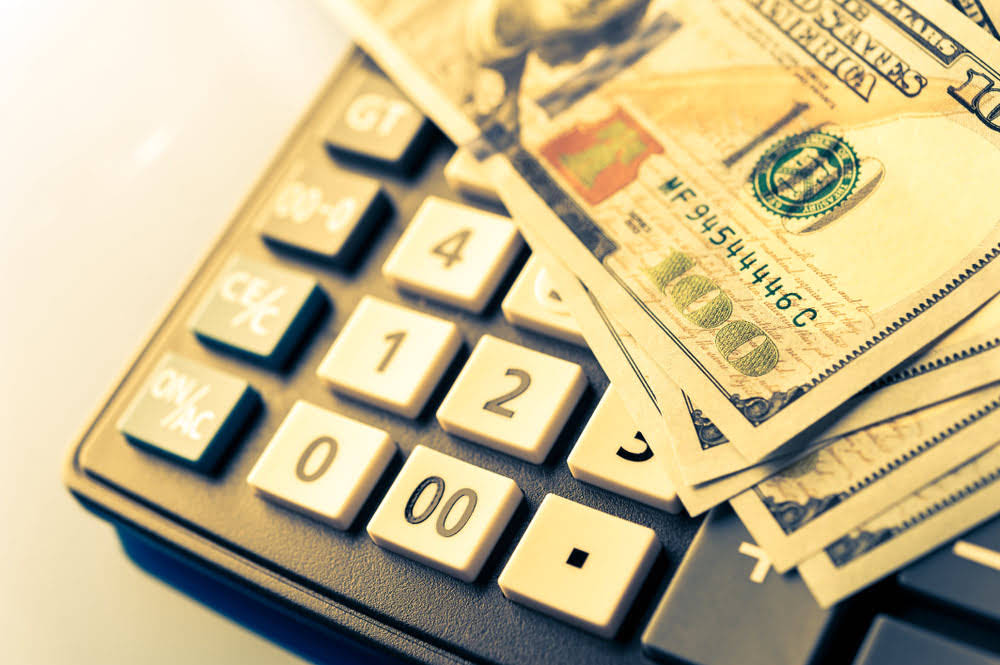
Each time you add or remove an account from your business, it’s important to record it in your books. There are many different ways to structure a chart of accounts, but the important thing to remember is that simplicity is key. The more accounts are added to the chart and the more complex the numbering system is, the more difficult it will be to keep track of them and actually use the accounting system. Usually the final line (aka the “bottom line”) of any income statement, Net Income is comprised by subtracting all business expenses and operating costs from total revenue.
Account Type
For bigger companies, the accounts may be divided into several sub-accounts. The number of figures used depends on the size and complexity of a company and its transactions. In order to keep the number of accounts down to a manageable level, you may periodically review the list and close any accounts that are not fully utilized.
The Building Blocks of Financial Statements

Because the chart of accounts is a list of every account found in the business’s accounting system, it can provide insight into all of the different financial transactions that take place within the company. It helps to categorize all transactions, working as a simple, at-a-glance reference point. If you’ve worked on a general ledger before, you’ll notice the accounts for the ledger are the same as the ones found in a chart of accounts.Keeping your books organized does not need to be a chore.
Related Financial Terms Glossary
Below, I explain what a chart of accounts is and how you will use it in bookkeeping and accounting. Advertising Expense is the income statement account which reports the dollar amount of ads run during the period shown in the income statement. Advertising Expense will be reported under selling expenses on the income statement. The accounts included in the chart of accounts must be used consistently to prevent clerical or technical errors in the accounting system. HighRadius Autonomous Accounting Application consists of End-to-end Financial Close Automation, AI-powered Anomaly Detection and Account Reconciliation, and Connected Workspaces.
For example, gains from the sale of assets or investments or losses from currency exchange fluctuations. Separating gains and losses allows businesses to analyze the impact of these non-operating activities separately from core business operations. Besides, analyzing your expenses in the income statement allows you to assess your company’s profitability, see where you might be overspending, and can optimize to improve financial health and operational efficiency. Operating expenses are the costs needed to run a business day-to-day, for example, rent and salaries. Non-operating expenses are not that directly tied to running the business.
- It doesn’t include any other information about each account like balances, debits, and credits like a trial balance does.
- It’s not always fun seeing a straightforward list of everything you spend your hard-earned money on, but the chart of accounts can give you an important view of your spending habits.
- Your accounting software should come with a standard COA, but it’s up to you and your bookkeeper or accountant to keep it organized.
- While in most jurisdictions and industries it is entirely up to each entity to design the chart of accounts according to its specific requirements, others provide general guidelines or are even regulated by law.
- Avoid creating too many specific accounts initially; instead, add them as your business needs evolve.
Shmuel is Datarails’ Content Manager with a passion for simplifying finance for individuals and businesses. After receiving his degree in Strategy with a minor in Business Administration, he joined the Datarails content and SEO team. In his free time he enjoys playing baseball and football and watching documentaries about unique and extreme places to travel to. For the sake of accuracy in period-to-period comparisons, it’s crucial to maintain the same chart of account format over time.
- A well-designed chart of accounts should separate out all the company’s most important accounts, and make it easy to figure out which transactions get recorded in which account.
- Each category, or “account” in this list, is assigned a unique code to keep things straightforward and consistent.
- Liability accounts also follow the traditional balance sheet format by starting with the current liabilities, followed by long-term liabilities.
- COA stands for chart of accounts, which is a systematic arrangement of all the account titles and numbers a business uses for its accounting system.
- Each of the expense accounts can be assigned numbers starting from 5000.
Drive Business Performance With Datarails

If you create too many categories in your chart of account, you can make your entire financial reports difficult to read and analyze. To create a COA for your own business, you will want to begin with the assets, labeling them with their own unique number, starting with a 1 and putting all entries in list form. The balance sheet accounts (asset, liability, and equity) come first, followed by the income statement accounts (revenue and expense accounts).
Unique identification
Creating a new accounting systems six years out, for example, would be a major headache. A record in the general ledger that is used to collect sample of chart of accounts and store similar information. For example, a company will have a Cash account in which every transaction involving cash is recorded.
How to Set Up a Chart of Accounts?


